
When you say stethoscope, the first thing that comes to mind is an age-old instrument a doctor uses to auscultate a patient’s heart and lungs. The design of a doctor’s stethoscope hasn’t seen a lot of aesthetical alterations since I saw the first one – it’s been decades! Now that there is some innovation – it’s not really for the first intended purpose. The Auvis here is a digital stethoscope that is structured to detect early signs of arthrosis. The instrument has built-in sensors to catch sounds emitted by joints, making it easier to pick up degenerating cartilage inside them.
Arthrosis that this digital stethoscope intends to detect is a non-inflammatory degenerative condition that’s mainly associated with aging. It occurs as a person grows older and the joint cartilage becomes rugged and begins to wear out. Since, the designer says, “cartilage degeneration, the starting point of arthrosis, can neither be seen on X-Ray nor MRT,” the Auvis presents itself as a viable med gadget. Degenerating cartilage tends to generate sounds that the sensors on the Auvis can pick up to let a physician interpret the feedback and give the diagnosis. Like an ordinary stethoscope, Auvis also comprises an examining tool and a neckpiece – the only difference being, these are wirelessly connected and offer an unrestricted opportunity to examine various joints on the body.
Designed by Lara Laddey of Muthesius Kunsthochschule Kiel University, Auvis stethoscope’s conception is based on a 2019 technology developed by German researchers that can detect the sound emitted by joints. This study is the base of the Auvis which besides its medical benefits is for one a stethoscope young medicos will love to flaunt outside of the operation theater.
Designer: Lara Laddey
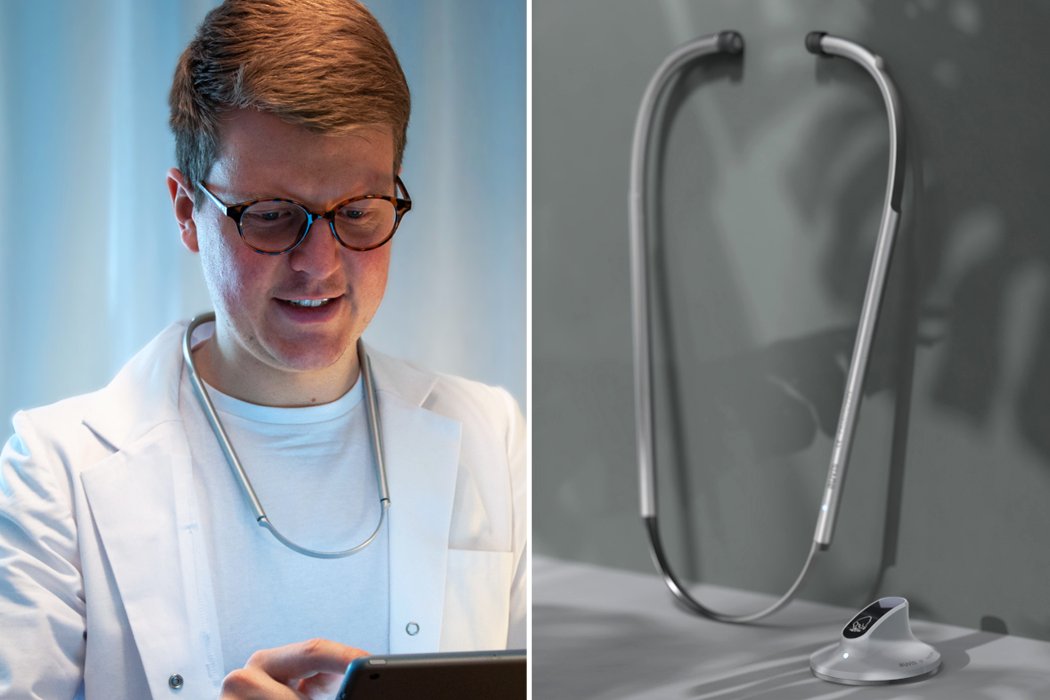
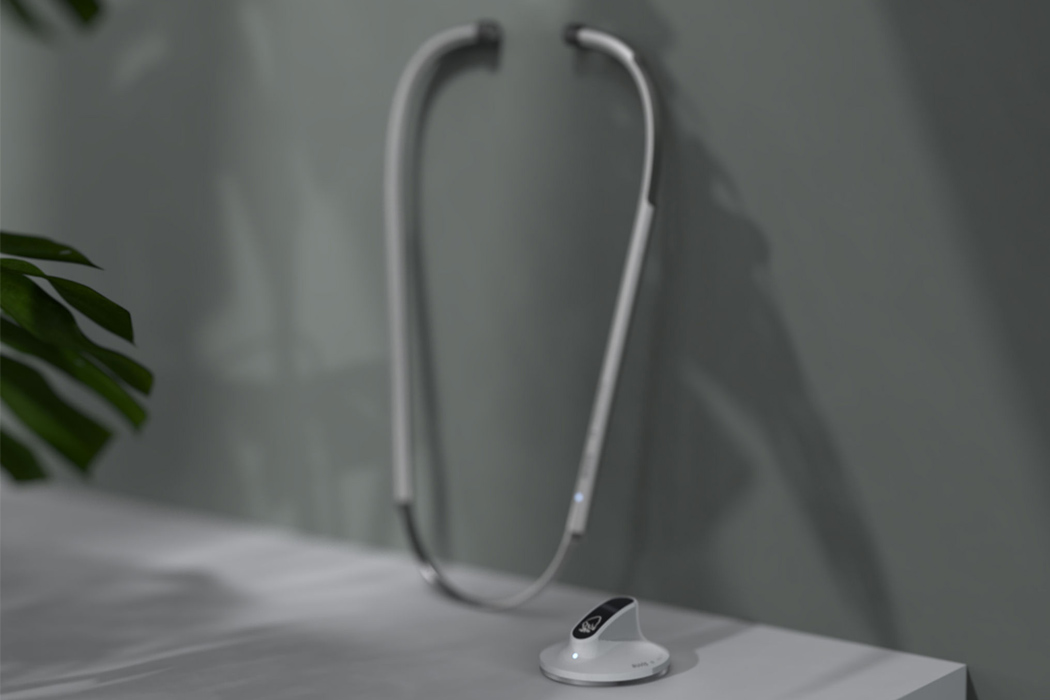
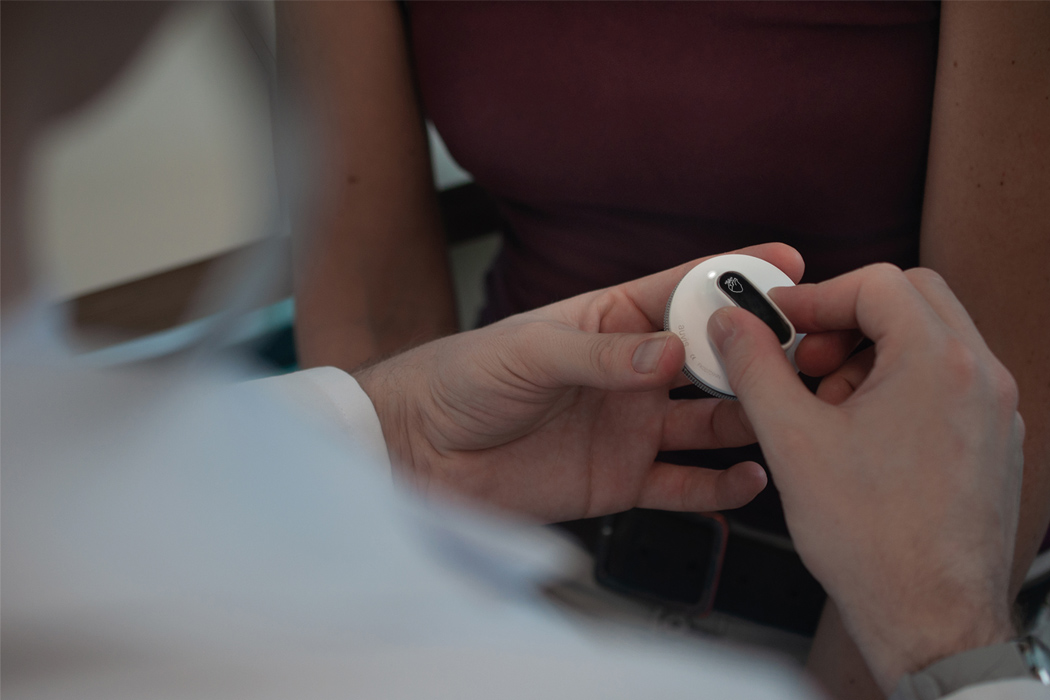
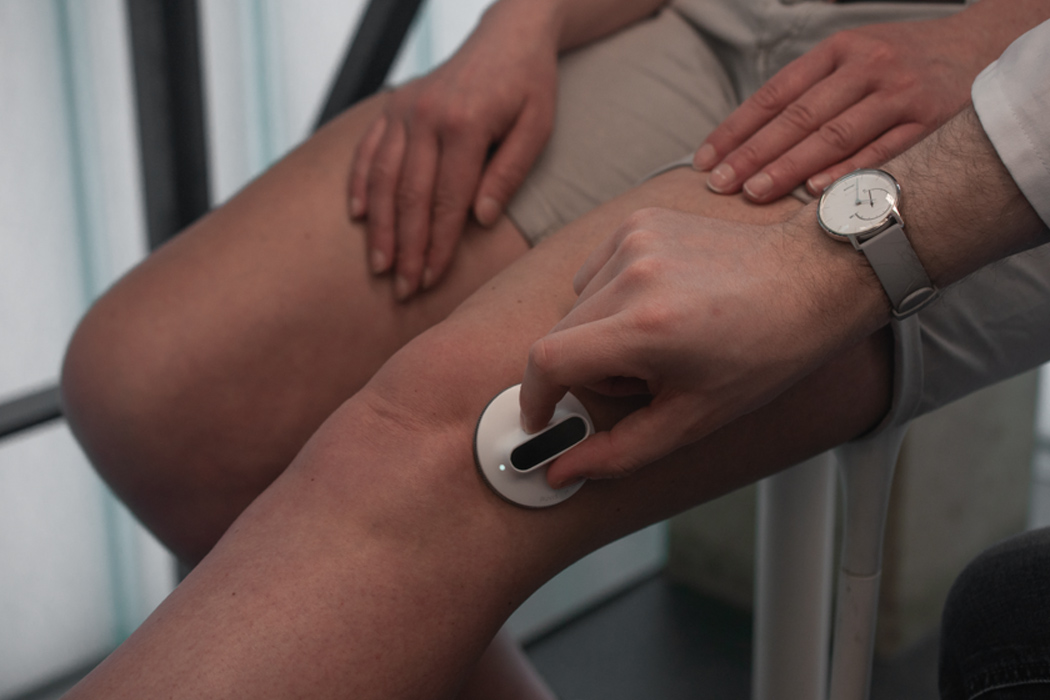
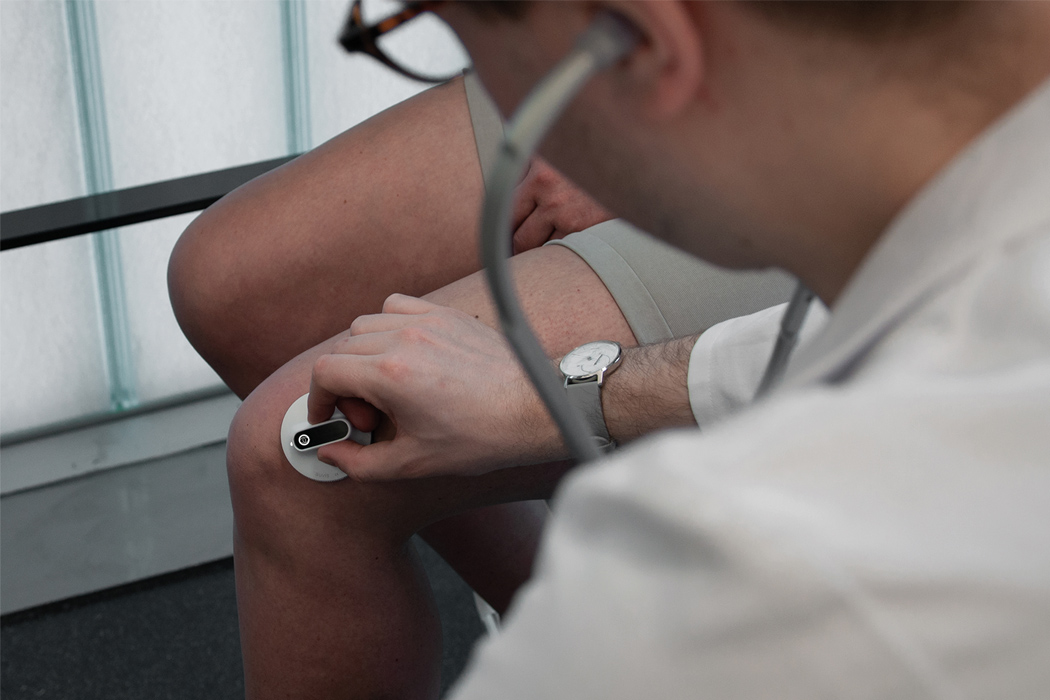
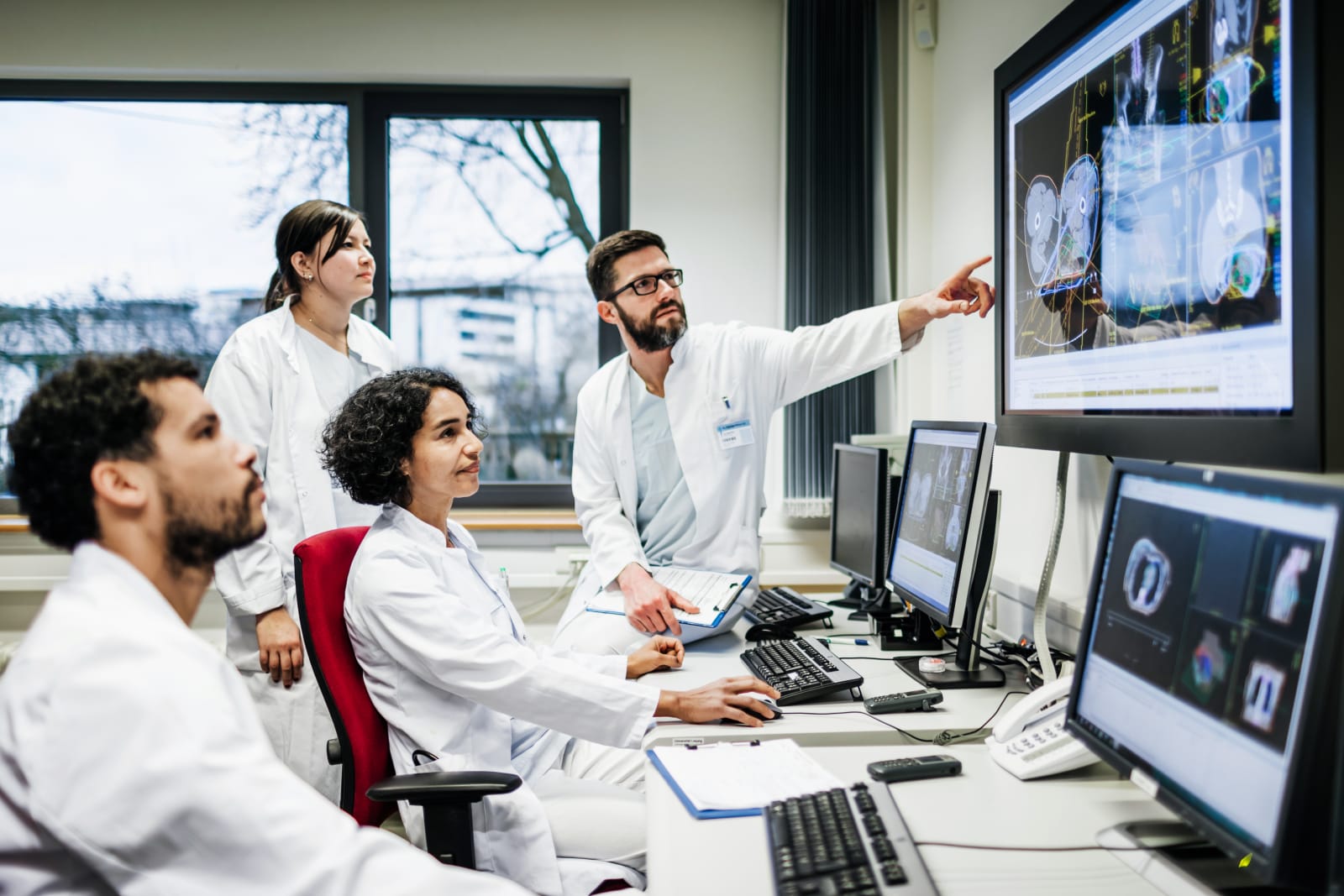 Google made much ado of its recently created Health unit, but it didn't offer much insight into what that division would actually... well, do. Now, however, it's considerably clearer. Google Health lead David Feinberg and CNBC sources have outlined...
Google made much ado of its recently created Health unit, but it didn't offer much insight into what that division would actually... well, do. Now, however, it's considerably clearer. Google Health lead David Feinberg and CNBC sources have outlined...
 Lyft will offer rides to more people in need of them for health reasons, as it's signed up to become a Medicaid provider in Arizona. Non-emergency medical transportation rides will be covered for eligible patients. Lyft is also working on expanding t...
Lyft will offer rides to more people in need of them for health reasons, as it's signed up to become a Medicaid provider in Arizona. Non-emergency medical transportation rides will be covered for eligible patients. Lyft is also working on expanding t...
 Space may be the final frontier, but we've barely begun to explore its underlying mechanics. For as much as humanity has discovered since we first looked to the heavens, we've only seen about 15 percent of the total matter in the universe. The other...
Space may be the final frontier, but we've barely begun to explore its underlying mechanics. For as much as humanity has discovered since we first looked to the heavens, we've only seen about 15 percent of the total matter in the universe. The other...
 Doctors work long hours, and a disturbingly large part of that is documenting patient visits -- one study indicates that they spend 6 hours of an 11-hour day making sure their records are up to snuff. But how do you streamline that work without hiri...
Doctors work long hours, and a disturbingly large part of that is documenting patient visits -- one study indicates that they spend 6 hours of an 11-hour day making sure their records are up to snuff. But how do you streamline that work without hiri...
 Shake Shack's next burger joint at Astor Place in NYC doesn't want your money -- at least not the physical variety. In an effort to reduce the "friction time" between paying for your meal and eating it, the company plans to replace human cashiers for...
Shake Shack's next burger joint at Astor Place in NYC doesn't want your money -- at least not the physical variety. In an effort to reduce the "friction time" between paying for your meal and eating it, the company plans to replace human cashiers for...
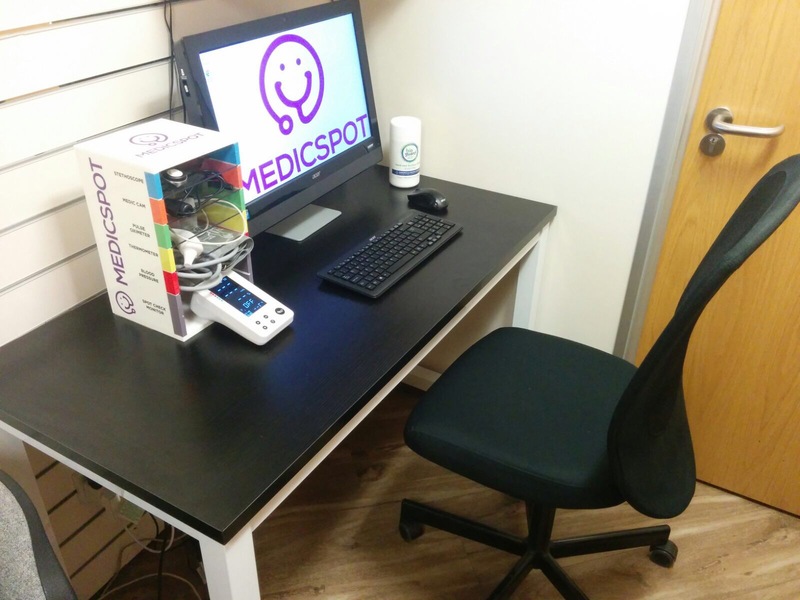 We have app doctors that can help diagnose you from your phone and in the future, we very well might have AI physicians, but the UK is now offering another option -- medical kiosks. A company called MedicSpot has set up tiny clinics in pharmacies acr...
We have app doctors that can help diagnose you from your phone and in the future, we very well might have AI physicians, but the UK is now offering another option -- medical kiosks. A company called MedicSpot has set up tiny clinics in pharmacies acr...

